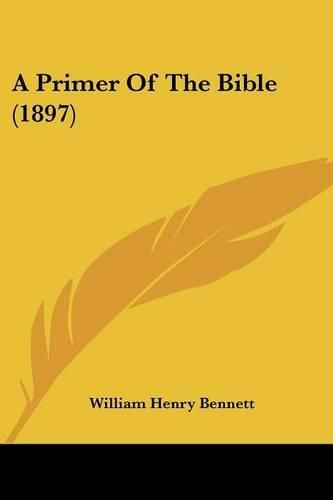Readings Newsletter
Become a Readings Member to make your shopping experience even easier.
Sign in or sign up for free!
You’re not far away from qualifying for FREE standard shipping within Australia
You’ve qualified for FREE standard shipping within Australia
The cart is loading…






Purchase of this book includes free trial access to www.million-books.com where you can read more than a million books for free. This is an OCR edition with typos. Excerpt from book: CHAPTER II THE PROPHETS OF THE EIGHTH CENTURY AMOS, HOSEA, ISAIAH, AND MICAH We have reached a point at which we have to deal with some of the books in the form in which we now have them,?at any rate in some measure. There is one limitation, already referred to,1 of which we venture to remind the reader. It should be borne in mind throughout. Even when a book is extant substantially in the form given to it by its author, it is always probable that the text includes explanatory and other notes added by editors and scribes. Obviously, only a few of the longer and more important of such additions can be noticed in this volume. Here too we may conveniently make, once for all, a statement which applies to almost all the books of the Old Testament. We know nothing about the books or their authors except what can be gathered from the books themselves, carefully studied in the light of the other books of the Old Testament, of contemporary history of other nations, and of comparative philology, sociology and religion. Rabbinical and patristic statements seem for the most part to be simply deductions, often very uncritical, from parts of the evidence now extant. These authorities were at a disadvantage both in knowledge of the data, and in critical method as compared with modern 1 See page 6. scholars. Doubtless they had some relevant information which we no longer possess; but there is nothing to indicate that it would have materially affected the criticism of the Old Testament. No sharp chronological line can be drawn between the literature dealt with in the previous chapter and the earliest canonical prophets. Literature of the older type and spirit continued to be produced and transmitted after the prophets began to record their utterances. Nevertheless the new departu…
$9.00 standard shipping within Australia
FREE standard shipping within Australia for orders over $100.00
Express & International shipping calculated at checkout
Purchase of this book includes free trial access to www.million-books.com where you can read more than a million books for free. This is an OCR edition with typos. Excerpt from book: CHAPTER II THE PROPHETS OF THE EIGHTH CENTURY AMOS, HOSEA, ISAIAH, AND MICAH We have reached a point at which we have to deal with some of the books in the form in which we now have them,?at any rate in some measure. There is one limitation, already referred to,1 of which we venture to remind the reader. It should be borne in mind throughout. Even when a book is extant substantially in the form given to it by its author, it is always probable that the text includes explanatory and other notes added by editors and scribes. Obviously, only a few of the longer and more important of such additions can be noticed in this volume. Here too we may conveniently make, once for all, a statement which applies to almost all the books of the Old Testament. We know nothing about the books or their authors except what can be gathered from the books themselves, carefully studied in the light of the other books of the Old Testament, of contemporary history of other nations, and of comparative philology, sociology and religion. Rabbinical and patristic statements seem for the most part to be simply deductions, often very uncritical, from parts of the evidence now extant. These authorities were at a disadvantage both in knowledge of the data, and in critical method as compared with modern 1 See page 6. scholars. Doubtless they had some relevant information which we no longer possess; but there is nothing to indicate that it would have materially affected the criticism of the Old Testament. No sharp chronological line can be drawn between the literature dealt with in the previous chapter and the earliest canonical prophets. Literature of the older type and spirit continued to be produced and transmitted after the prophets began to record their utterances. Nevertheless the new departu…